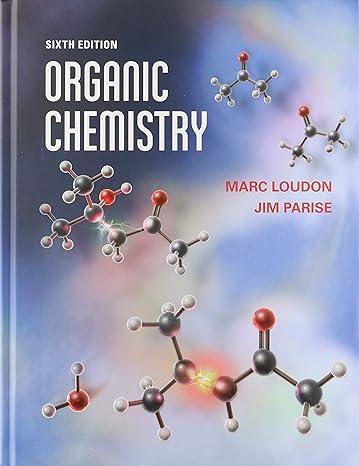Free-radical addition of thiols (molecules with the general structure RSH) to alkenes is a well-known reaction, and
Question:
Free-radical addition of thiols (molecules with the general structure RSH) to alkenes is a well-known reaction, and it is initiated by peroxides.
(a) Use information found in tables in this chapter plus the following information to calculate the C—S bond dissociation energy for ethanethiol (CH3CH2—SH): ΔH°f for ethanethiol, 46.15 kJ mol–1; ΔH°f for ·SH, 143.1 kJ mol–1. (To convert these energies into kcal mol–1, divide by 4.184 kJ kcal–1.)
(b) Using bond dissociation energies, show that the reaction of a radical such as (CH3)3CO? (from homolysis of a peroxide initiator) with ethanethiol should be a good source of CH3CH2S? radicals.
(c) Using bond dissociation energies, show that each propagation step of thiol addition to an alkene such as ethylene is exothermic and therefore favorable.
Step by Step Answer:






